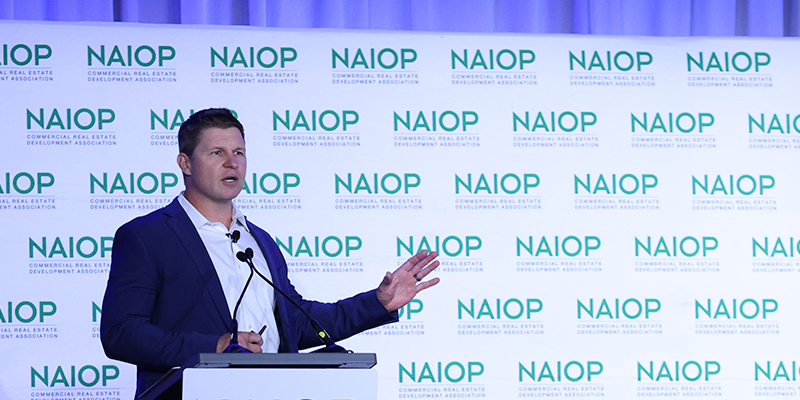In June the U.S. Department of Energy (DOE) released the National Definition of a Zero Emissions Building (ZEB). This definition is the result of DOE and White House listening sessions held over the past year to obtain stakeholder concerns and feedback.
Under the national definition, a building that achieves zero operational emissions from energy use must be, at a minimum:
- Energy efficient.
- Free of on-site emissions from energy use.
- Powered solely from clean energy.
DOE states that the new ZEB definition is not meant as a regulatory standard or certification; the definition should be used as guidance that public and private entities may adopt to determine whether a building has zero emissions from operational energy use. The definition has been developed to apply to existing buildings as well as new construction of both commercial and residential structures. Operational emissions are based on the whole building’s energy use, including emissions from tenants, and do not include carbon offsets.
This definition follows the Biden Administration’s April release of Decarbonizing the U.S. Economy by 2050: A National Blueprint for the Buildings Sector, a joint effort between DOE, the U.S. Department of Housing and Urban Development (HUD), the U.S. Environmental Protection Agency (EPA), and other federal agencies, aimed at reducing greenhouse-gas emissions from U.S. buildings by 65% by 2035 and 90% by 2050.
According to DOE, there are currently 124 million residential and nearly 6 million commercial buildings in the United States, with 40 million new homes and 60 billion square feet of commercial floorspace projected to be constructed over the next 25 years.
DOE says that existing residential and commercial buildings represent nearly three-quarters of the country’s electricity usage and buildings’ heating and cooling needs drive peak energy demand, costing more than $370 billion annually. DOE points to the most recent data from the U.S. Energy Information Agency that predicts a 50% increase in energy demand by 2050.
DOE estimates that residential and commercial buildings are responsible for one-third of the nation’s carbon emissions. To reach the overall emissions reduction targets for the buildings sector, the DOE plan outlines four objectives:
- Increasing building energy efficiency.
- Accelerating onsite emissions reductions.
- Transforming the interactions between buildings and the electricity grid.
- Minimizing the emissions from producing, transporting, installing, and disposing of building materials.
Building performance standards have been implemented by state governments in Colorado, Washington, Maryland and Oregon and cities such as San Francisco, Seattle, Denver, New York, Boston, Los Angeles and Portland. Many other jurisdictions across the country are considering their own clean-building standards to reduce greenhouse gas emissions and improve energy efficiency.
However, legal challenges have overturned controversial energy regulations in California and new mandates in Colorado are currently being challenged. This has resulted in a complex patchwork of regulatory standards that building owners across the nation are working to comply with.
Commercial real estate has made great strides in reducing building emissions, but many of the local regulations will require costly modifications and many local power providers lack the capacity to generate sufficient power from clean energy sources.
According to DOE, establishing a consistent definition for a zero-emissions building will accelerate climate progress, while lowering home and business energy use. For NAIOP members, this new definition may be helpful in identifying benchmarks for constructing new buildings and retrofitting existing properties, but politically could operate as the minimum that a number of jurisdictions are willing to establish in their own building performance goals. Despite that possibility, an agreed-upon, third-party definition can also be helpful when negotiating for workable policies with state and local jurisdictions as they develop new regulations.








